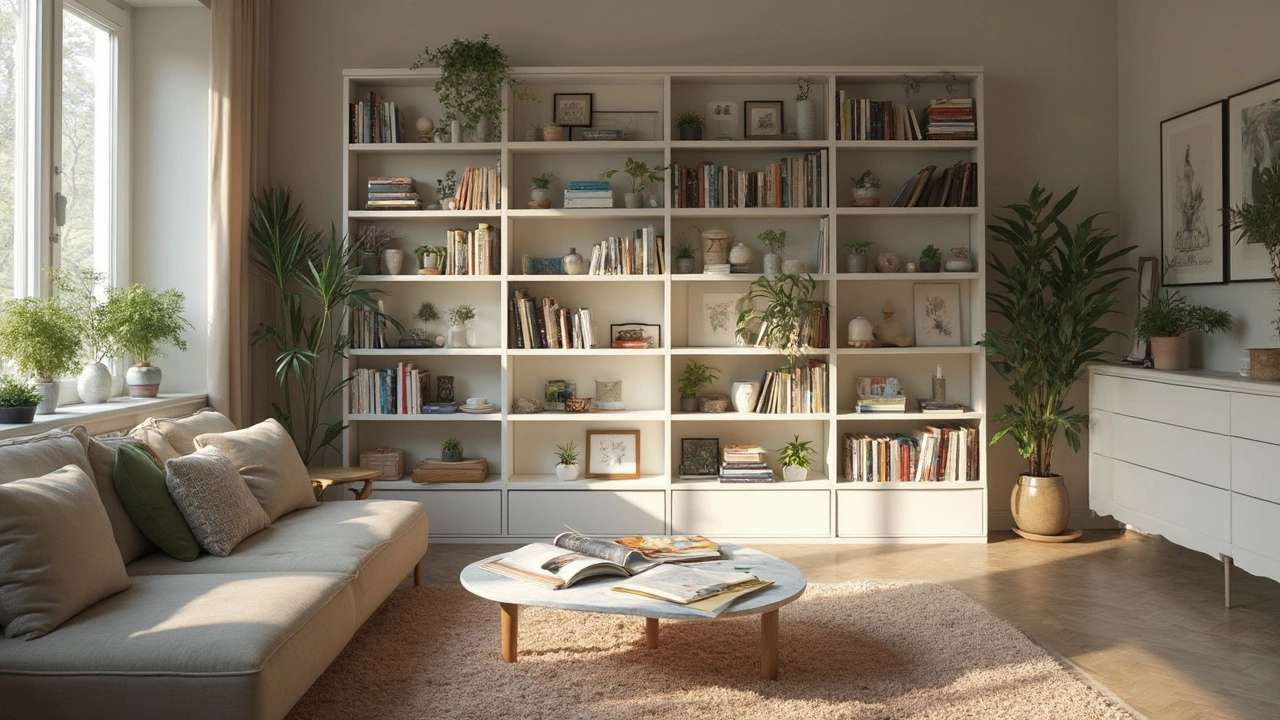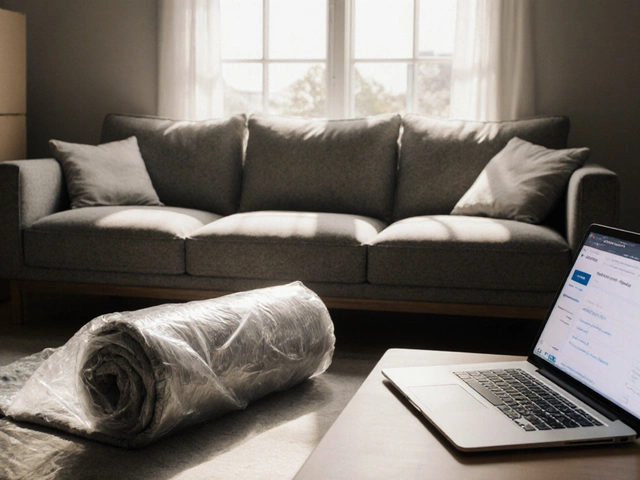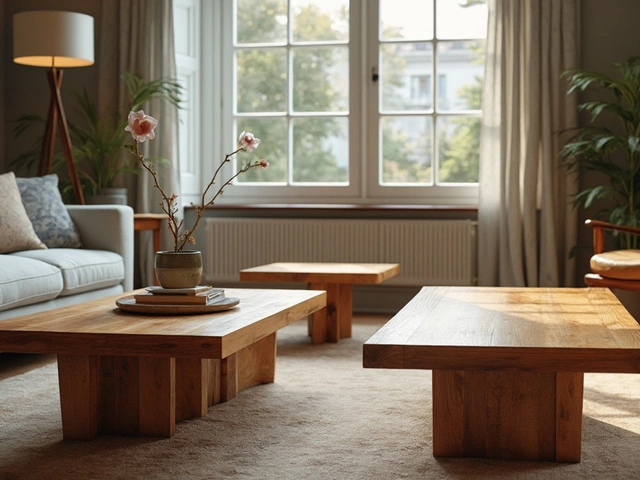Swedish Furniture for Schools: Simple, Durable & Stylish
If you’ve ever walked into a Swedish‑style classroom, you’ve probably noticed the clean lines, light colours and sturdy build. That look isn’t just about looks – it works really well for teaching spaces. In this guide we’ll break down why Swedish furniture fits schools, what to look for, and how to choose the right pieces without getting lost in jargon.
Why Swedish Design Works in Schools
Swedish design follows three basic ideas: function, comfort and sustainability. First, every desk, chair or storage unit is built to do its job without extra fluff. That means fewer broken parts and less time spent fixing things. Second, the chairs are made to support a growing child’s back, so students stay comfortable during long lessons. Third, most manufacturers use wood from responsibly managed forests, so you’re getting a greener product.
Because the furniture is lightweight yet strong, it’s easy for teachers to rearrange rooms for group work or projects. The light colour palette also helps brighten a room, making it feel larger and more welcoming. Parents often notice the difference – a tidy, calm space can improve focus and behaviour.
Another plus is the long lifespan. Swedish pieces are built to last 10‑15 years or more in a busy school. That cuts down on replacement costs and reduces waste. When you add the fact that many suppliers offer warranty programmes, the investment becomes even smarter.
Choosing the Right Swedish Pieces for Your Classroom
Start by listing the needs of your room. Do you need adjustable desks for mixed‑age groups? Look for desks with height‑dial mechanisms that lock in place. Are you setting up a reading corner? A low‑profile sofa or soft chair with rounded edges works well and matches the Swedish aesthetic.
Next, check the material. Solid birch or pine is common in Swedish furniture and holds up well to daily use. Make sure the finish is non‑toxic and easy to clean – a water‑based lacquer is a good choice for schools.
When you compare prices, remember to factor in durability. A cheap chair that needs replacement every two years will cost more over time than a solid Swedish chair that lasts a decade. Look for suppliers that give you a clear warranty and offer service support.
Finally, think about flexibility. Many Swedish systems use modular components that can be added or removed as class sizes change. This modularity saves money and keeps the space adaptable for future needs.
Putting it all together, Swedish furniture gives you a clean look, strong build and eco‑friendly options that suit modern classrooms. By focusing on function, comfort and durability, you’ll create a learning environment that helps students stay engaged and teachers stay organized.
Ready to upgrade your school? Start by measuring your rooms, listing the must‑have pieces, and reaching out to a reputable Swedish furniture supplier. You’ll see how a few well‑chosen items can transform the whole space.





